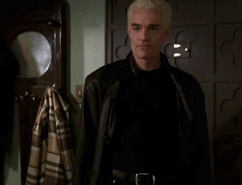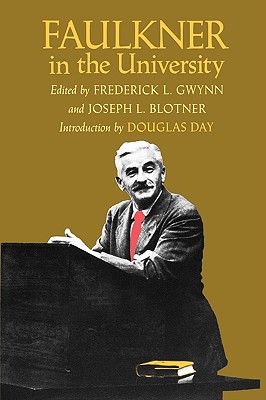Let’s kick Friday off with this week’s fifteen-word book reviews:
 1. Where the Sidewalk Ends by Shel Silverstein
1. Where the Sidewalk Ends by Shel Silverstein
“Sick” was my favorite. I think I looked at the illustrations more than the poems.
2. Lucky Jim by Kingsley Amis
The ultimate novel about academia. Which says it all for me.
3. Felicity Saves the Day (American Girls: Felicity #3) by Valerie Tripp
No, Ben, you can’t fight in the Revolutionary War because you already have a job!
4. The Adoration of Jenna Fox by Mary E. Pearson
Sci-fi YA takes on Frankenstein. Really dug it, but felt complete; why’s there a sequel?
5. The Bad Beginning (The Series of Unfortunate Events #1) by Lemony Snicket
I liked that the Baudelaires never solved problems easily. Lots of literary fun sprinkled throughout.




